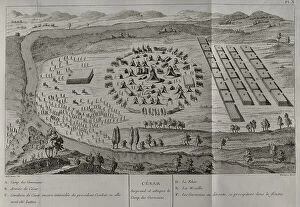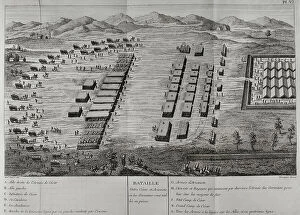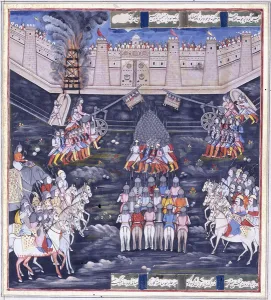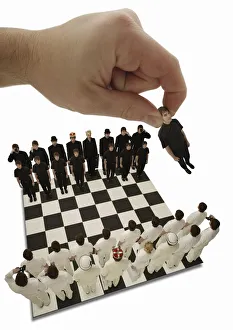Strategies Collection
"Unleashing the Art of War: Unraveling Ancient Strategies in Gallic Wars" In the midst of Gallic Wars, cunning strategies shaped the fate of nations
All Professionally Made to Order for Quick Shipping
"Unleashing the Art of War: Unraveling Ancient Strategies in Gallic Wars" In the midst of Gallic Wars, cunning strategies shaped the fate of nations. Ambiorix, leader of the Eburons tribe, devised a surprise attack on Quintus Titurius Sabinus and Arunculcius Cotta, catching them off guard and testing their strategic prowess. Undeterred by setbacks, Julius Caesar embarked on a daring expedition to Britain in 54 BC. This audacious move showcased his calculated approach to expand Roman influence beyond Gaul's borders. Caesar's military genius came to light as he launched an assault on the Germanic camp during Gallic Wars. His tactical brilliance ensured victory and solidified Rome's dominance over its adversaries. The Battle of Sambre in July 57 BC witnessed fierce clashes that demanded astute strategies from both sides. The outcome hinged upon commanders' ability to outmaneuver their opponents amidst chaos and uncertainty. Continuing his relentless pursuit for supremacy, Caesar engaged in another decisive battle at Aisne in 57 BC. Here, intricate tactics were employed to gain an upper hand against formidable foes who sought to challenge Roman authority. Venturing into Vosges Mountains in 58 BC proved no easy feat for Caesar's forces during Gallic Wars. Overcoming geographical obstacles required innovative strategies that ultimately led them towards triumph. Ariovistus, leader of Suebi tribe, unleashed his cavalry with precision during Gallic Wars - showcasing how effective deployment can turn tides on the battlefield. These calculated maneuvers tested Rome's resilience against fierce adversaries. Campaign against Helvetii presented Caesar with an opportunity to showcase his strategic acumen once again. By positioning himself strategically against Helvetii forces seeking passage across Rhine River, he effectively thwarted their plans and secured victory for Rome. Even when faced with adversity within Saone pass during this campaign, Caesar's strategies prevailed.





















